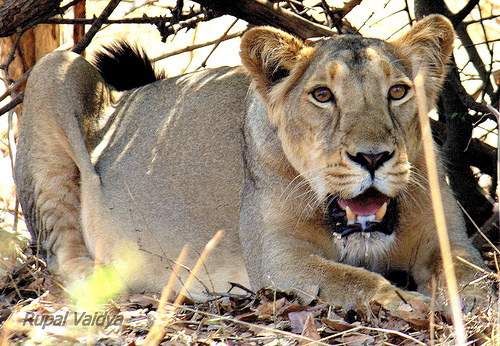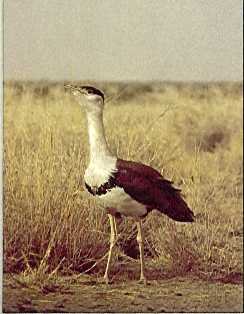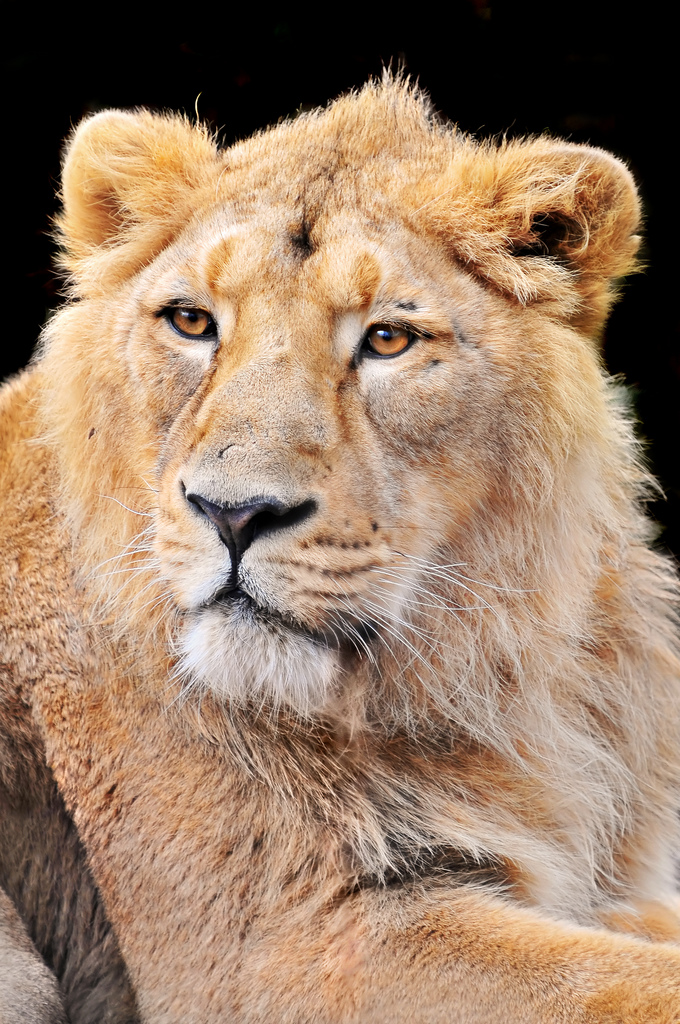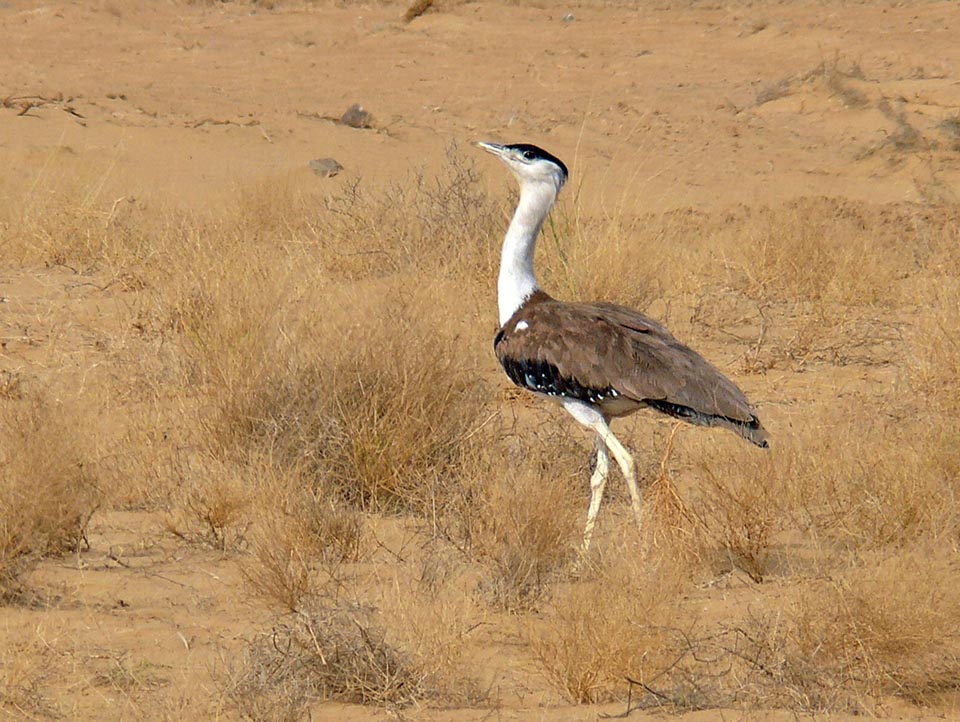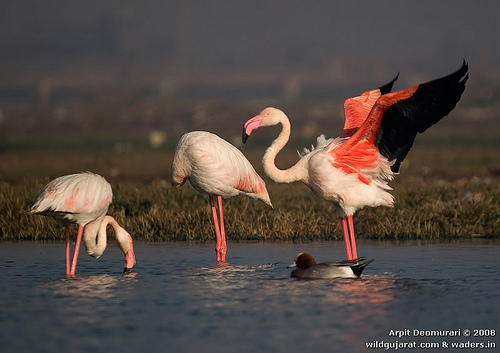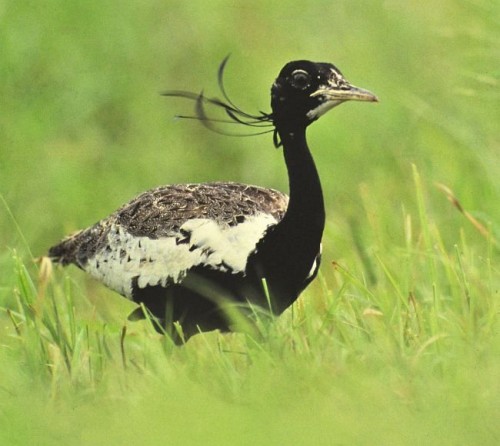When Sasan Gir National Park in Gujarat the last bastion of the Asiatic Lion was first recognized as a protected reserve in the 70s it was impertinent that the homes of the pastoral community living within the forest be shifted. Many such villages were thus moved further away from the core area. Over the years, the gradual increase in lion population proved that the decision to minimize human interference, helped protect a rare species. But now, some experts say that as the lions number increase, once again competing population of livestock and wild ungulates in and around Gir is overcrowding the area.
Western Ghats become a World Heritage Site
The Western Ghats, India’s veritable treasure of some of nature’s best specimens, became the country’s 32 World heritage site after The UNESCO world Heritage Committee at its 36th meeting in St Petersburg inscribed it as a natural world heritage site.
Extinct Corals make Gujarat Coasts their Home once again
For the first time in the country, beginning a new phase in species conservation, fragments of locally extinct coral reefs have been trans-located and re-introduced in the coastal waters of Gujarat. The corals were collected from Lakshwadeep and relocated 1500 kms away to the coast town of Mithapur.
Photography of Great Indian Bustard Banned
Taking strict measures to save the small population of Great Indian Bustards in India, the Minsitry of Environment has banned the photography of the bird during breeding season which starts in April. The move has been made to give the rare birds a chance to nest peacefully.
Asiatic Lions no more Critically Endangered
The International Union for Conservation of Nature (IUCN) has just demeaned the threatened status of the Asiatic Lion. Observing the healthy population of the animal in the wild, the organization has re-categorized the Asiatic lions in its Redlist of threatened species from Critically Endangered (CR) to Endangered (EN).
And then I saw a Lion at Gir!
What started as a casual lunch time conversation at work turned into an experience of a life-time.
From Dogs to Humans: Problems Galore for the Great Indian Bustard
The Great Indian Bustards are India’s rarest bird species found in five states of the country. Though the government has heightened the conservation efforts to protect the species, there are a number of threats that are pushing the nocturnal birds towards extinction. In Kutch, Gujarat, a study found a population of 50 birds but also revealed that infrastructure development is just one of the many threats faced by the critically endangered birds.
Road through Rann may Ruin Flamingo Population
The beautiful flamingoes feeding and breeding in India’s Western state of Gujarat are the latest wildlife species that may soon lose their homes to urban development. The state government has plans set to construct a concrete road right through the Kutch wildlife Sanctuary, jeopardizing the lives of flamingoes and wild ass population of the area.
Innovative Tree Climber from Kerala helping Save Vultures in Gujarat
When a small farmer from a village in Kerala devised a new mechanism to make the arduous task of climbing coconut trees easier, he might have never imagined that his innovation would one day help save the highly endangered vultures of India. But that is exactly how some conservationists in the western state of Gujarat are ensuring that vulture population is safe on the tree top.
Lesser Floricans getting lesser and lesser in India
The Lesser Florican is one of the smallest bustards of the world and bird that prefers to live in grasslands. But latest census by the Wildlife Institute of India (WII) sadly predicts that the birds are losing their home as well as their numbers in the country. From 238 of these birds recorded in 1999 in Gujarat, Rajasthan and Madhya Pradesh the number has dropped to merely 84.
Leopard Rescued from a Pipe line in Gujarat
While news of the tragic attack of a leopard on villagers in India’s eastern parts and subsequent killing of the animal filled newspapers all of last week in more refreshing news a wild Leopard stuck in a pipeline near a school in Gujarat was rescued by forest officials.

